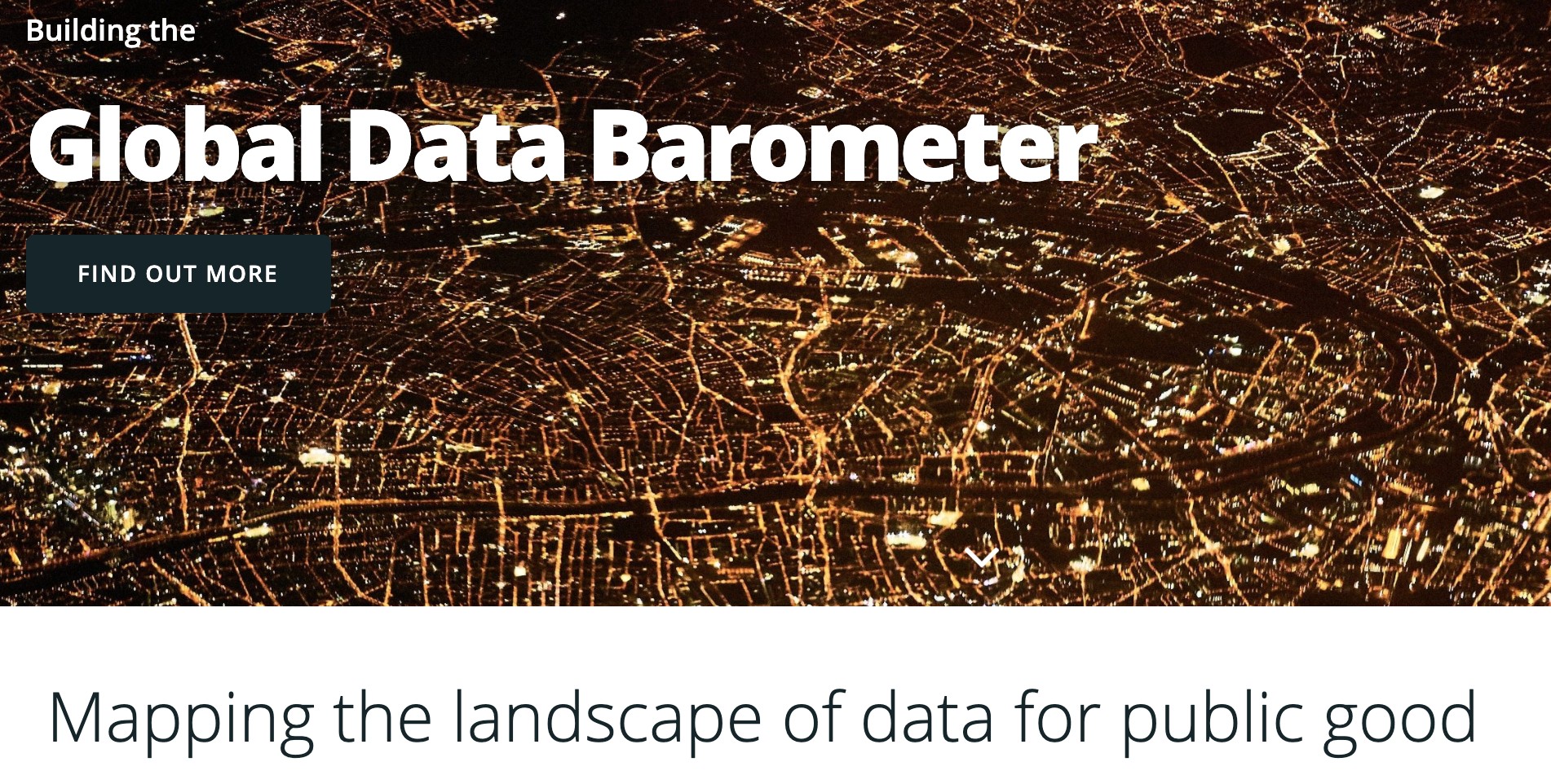We have an ambitious objective here at the Global Data Barometer: To map the landscape of data for public good. To do so, we’ll be gathering information about data governance, capability, availability, and use and impact in 100+ countries. Because data for public good can play different roles and surface differently across sectors—for example, land data, transportation data, and corporate ownership data all have different histories, frameworks, and uses—we’ll also be delving into thematic areas.
Here is where local and granular studies gain relevance for GDB.
Getting the right balance between comparability and granularity
If we want to build comparable metrics that encompass different cultural, economic, political, and linguistic contexts, we also have to consider sectoral or thematic particularities, for comparability and granularity are interconnected.
Consequently, as we refine our study, it has been useful to examine thematic data ecosystems from specific countries. Such local studies help at several steps. First, knowing which datasets are available in a country or a small group of countries helps us to understand the landscape.
At the moment, for example, we’re developing a module that investigates land data. Land is a key element of human life. A society’s choices around land can impact everything from social and economic development to cultural and religious practices. Land data, when it’s well-governed and available for use by a wide range of actors, can be a path to public good. To design the module, we’re collaborating with Land Portal, a Dutch-based foundation that promotes the open sharing of data and information on land issues both globally and in individual countries. Among other projects, Land Portal publishes the State of Land Data (SOLI) series in collaboration with local research institutions.
The SOLI series aims to build an in-depth map of the land data ecosystem within a particular country. This process has two steps: First, researchers assess the availability of information across seven categories of land data, drawing on indicators from their own prior research as well as globally recognized frameworks. During this stage, they also assess what types of institutions have made the datasets available (e.g., governments, civil society organizations, private companies, etc.). Second, researchers assess the accessibility of the identified datasets. Drawing again on international principles and frameworks, each dataset is assessed for its online availability, whether access is free or carries a fee, the quality of metadata, what standards it uses, etc. To explore potential explanations for their findings, this research is complemented by analysis of context, tendencies, and particularities.
Recently, Land Portal, in partnership with South Africa’s Council for Scientific and Industrial Research (CSIR), published the State of Land Information South Africa, a deep, granular study of the availability of South Africa’s land data and information. Let’s see some examples from the study and how they inform GDB.
A first glance shows us that a significant amount of land information isn’t available in a digital format in South Africa. For that reason, if we were to assume that online information represented the full landscape, our researchers would miss critical information. Other details to bear in mind include the traditional mechanisms of land governance, such as informal practices for dispute resolution—since many land disputes are resolved unofficially, using court cases as the authoritative source will result in an undercount—and that some information on land law and practice exists only orally or in particular languages.
One of the main tasks of GDB country-level researchers will be to identify key datasets in each country. The example of South Africa tells us that we may find land-related datasets fragmented across different jurisdictions.
The SOLI study found that in South Africa, the most common sources of land-related datasets are local and national governments, followed by research institutions and civil society organizations. However, this varies depending on the subject of the data. For example, national CSOs create and make available more datasets regarding land disputes than other subjects.
The study also shows that South Africa differs from its neighbors, such as Kenya, Tanzania, Uganda, and South Sudan, where the predominance of government sources for land-related data is not so clear.
This gives us a practical tip as to where to direct our country-level researchers to look for datasets; it also informs us of regional tendences. Taking a step back, we may ask: Why do governments in the broader region publish less land data than other organizations? What histories and power dynamics influence these issues?
The SOLI report also details the context in which South Africa’s land data is governed and generated. For example, it describes how, in addition to key national actors, the international movement GSDI (Global Spatial Data Infrastructure Association) has contributed to the South African Spatial Data Infrastructure (SDI). Similarly, for data on land degradation, it found that South Africa takes part in international initiatives such as Land Degradation Assessment in Drylands (LADA), the International Soil Reference and Information Centre (ISRIC) and the Global Assessment of Land Degradation and Improvement (GLADA).
This offers useful input for building a global indicator, as it shows the interplay of institutions and standards across scales. While key actors may vary across countries, granular studies that reveal how different actors interact offer insights about structures we might look for in other countries as well. Granular reports thus offer important insights and warnings. Moreover, they help us to identify and understand local and regional particularities, not only regarding data availability but also regarding actors and institutional contexts.


